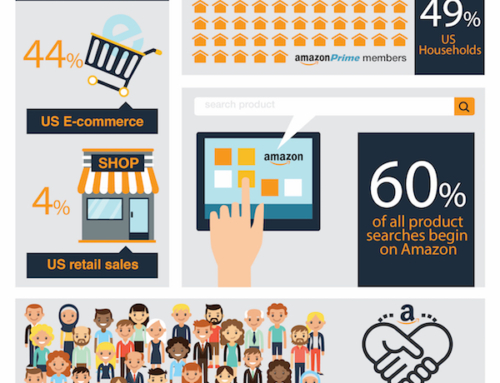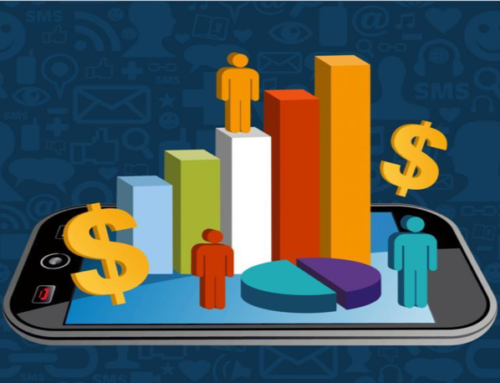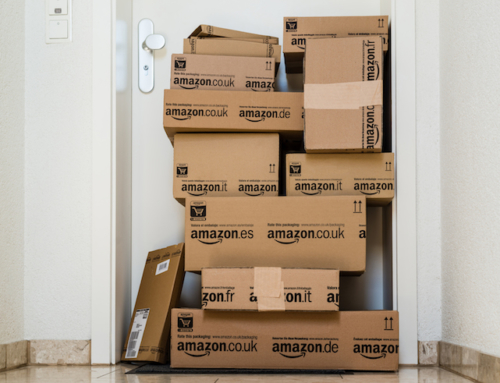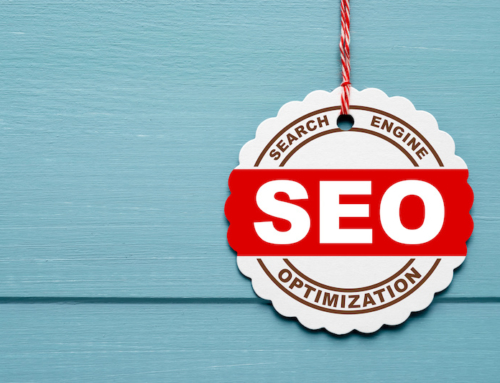Free Ways To Increase Website Sales
Have you been increasing your site traffic but you can’t increase website sales?
Your spending hard-earned cash on advertising your e-commerce business, yet you aren’t able to increase website sales at the same rate as new visits?
You spend days obsessing over ads, ad placement, and performance. But, you spend no time analyzing the performance of your website or the visitor behavior. With free tools like Google Analytics, there is no excuse for not seeing the problem.
You will find the answer to how to increase website sales for free. The answer is right under your nose. With some effort, you will increase website sales at a higher rate than new visits. You have to start optimizing your website for converting traffic to buyers.
Before we go into the subtler points of conversion optimization, consider the following points.
As per a Statista survey, 80% of US E-commerce companies advertise on AdWords. 48% of US-based companies make use of social media marketing. But only 37% of the businesses consider on-site engagement to be an essential constituent of conversion strategy.
I find this to defy logic. It is the equivalent of spending marketing dollars to get customers to your retail store in a shopping center, then hiding the sales staff and the merchandise. Do you think the users want to work that hard to figure out why they should buy from you?
Your landing page and headlines have 8 seconds to grab a visitors attention.
96% of the visitors are not ready to buy.
Landing pages are directly proportional to lead generation. Increase the pages to increase the conversion.
A video speaks a million words, use them to drive sales.
A delay of “1” second in your site’s loading speed can increase the bounce rate by 7%.
Website Conversion Strategies
Make Your Unique Value Proposition Clear
A user visiting your website should immediately see the reason for engaging with your site. If you are not clear about the benefits and value you offer, then the user will not be convinced enough to click-through or make a purchase.
For instance, take the classic example of Apple’s early iPod launch;
“STORAGE For 1GB of MP3s” versus “1,000 SONGS in Your Pocket.”
The first unique proposition was meaningless for anyone who was not a tech expert. However, the second hit the nail on the head with an easy to understand the benefit. Tell visitors the benefits of buying from you to increase website sales. Always remember, customers buy benefits, not features.
Put Your Call-To-Actions (CTA’s) In Action
There are two primary goals of your website conversion optimization efforts. First, to direct traffic to specific landing pages, and second to convert that traffic into paying customers. A website’s call-to-action is a button or a link that encourages visitors to a particular action. For example
“Buy Now”
“Learn More”
An effective CTA button combined with content that engages the user will increase your click-through rate and increase website sales.
Use the following six variables to conduct a test of your CTA buttons:
1. Button Size
The CTA button is what a prospect sees and clicks on. It encourages them to take the action you want. They vary in size and shapes and should follow your website style and theme. The primary objective of your CTA button is to get a prospect clicking and completing a conversion.
“Free Trial”
“Download”
“Add To Cart”
2. Color
Colors play a pivotal role in the effectiveness of your site and CTA buttons. Your CTA color palette should never blend with the area around it or the background. Orange and green CTA buttons have reported optimal performance. However, it comes down to your site’s design. The color should contrast with your background for CTA buttons to stand out.
3. Text
A striking CTA button can grab the attention. However, having content that fosters urgency and engages the target audience ultimately converts into higher sales.
For instance, people have a subconscious tendency to avoid “Buy Now” buttons. Try to weave engaging content around your CTAs for better website conversion. Consider the following:
Add to Cart
FREE Download
Learn More
4. Design Effects
Design effects, when added to your CTA button, can make it more interactive. You can make the edges beveled, drop shadows, or make the corners round. The key is to test different methods and determine what works best.
5. Position
The correct positioning of CTA buttons on your website is also very important. It should appear above the fold (part of the page visible without scrolling down). However, if your site is sales-oriented then placing the CTA button beneath the content will allow for conversion optimization by explaining the offer.
6. Whitespace
Minimize the clutter on all your pages and add whitespace around the essential aspects of your page. Your call to action should be apparent to the user and uncluttered.
Push Your Headlines
The strength of your headline is directly correlated to your conversion rate. It takes less than 8 seconds for a user to understand what your site is about. Users are not going to spend the time to figure out what you are trying to tell them. So make it easy for the user and develop a clear and powerful headline.
Like everything on your site, test, test, test. Test your headlines to see what resonates best with your users. Eugene Schwartz is considered one of the best headline writers. Here are some templates for great headlines.
Use Videos To Sell
63% of people visit a companies websites after watching their videos on a social media platform. Even better, using video on your site will improve conversion rates by 38%. The key is to make them engaging, short and to the point.
Engage Your Audience With Your Content
Your headline should be strong enough to make your visitors want more and move on to other pages. This is the starting point of optimizing conversions.
If a user navigates to your website because of an ad that states “Luxury Beauty Product Deals” and finds a page showing drugstore brands, the majority of the visitors will bounce off. Content or offers that do not match the visitors need or expectations lead to high exit rates and a high bounce rate.
You should know your target user thoroughly. Once you understand them, you can create high quality content that they find engaging.
Optimize Your Site’s Loading Time
47% of the users expect a page to load within ‘2′ seconds – making site speed a central part of your conversion optimization strategy. And by the way, Google search judges site speed as well. So it is important to SEO strategy.
Many times we see heavy graphic pages with lots of bells and whistles. Here is a hint. You like it but the user does not.
Your users are concerned about speed, more than all the glamour your digital site is offering to them. Additionally, your Google Analytics reports will show the significance of page loading time for your search engine rankings. So, avoid testing the patience of your visitors with prolonged and lengthy graphics.
Here are a few good practices to avoid a high bounce rate.
Engaging and unique content
Reduce the size of images by compressing them without compromising on the picture quality
Enable browser caching
Combine multiple style sheets
Reduce the plug-in load time
Load your scripts from the footer
Bounce Rate and Why It Should Not Bounce Much
Whenever a user visits your digital site and leaves without navigating further, it makes it a single-page session and is known as bounce. Such a session has a duration of zero seconds because there is no subsequent user action to let Google Analytics time the session.
If your landing page is a door to the rest of your website, and a high degree of users are bouncing from the landing page, then that is the first place you want to start optimizing.
Take a good hard look at Google Analytics data to scrutinize the intensity of your bounce rate from different angles.
Check your website’s total bounce rate in the audience overview report to establish a starting point.
Analyze the rate of each channel grouping through the channels report.
Assess the bounce percentage of each source and medium in the report section of All Traffic.
Lastly, also examine the bounce ratio for individual pages in the All Pages report.
Google Analytics is Your Friend
The necessity of having real-time information which enables you to make good business decisions is essential. Google Analytics is one of the best tools you can find and it is free. Use it.
Whether you have an e-commerce store, a promotional blog, or an informational site about the services you offer. You need to completely understand the customer journey as they navigate through your website. Google Analytics exists to offer just that.
It’s a free service that assists you in analyzing the visitor traffic and draws a complete picture of your targeted audience, along with the intent of their visits. Google Analytics connects to every page of your website. With several reports and dashboards, you can get access to data which will help you make informed business decisions.
The analytics will reveal the path people take to reach your website, the content they navigated to, and even the mobile or desktop devices they used to access your site. Google Analytics helps you find ways to increase your website conversion and track your performance over time.
If your site visits are growing, but your conversions are not growing at the same rate, then you need to look at how your site works. Implementing the concepts in this article will help you increase website sales and improve the user experience. Don’t let your competitors poach your users.










Leave A Comment